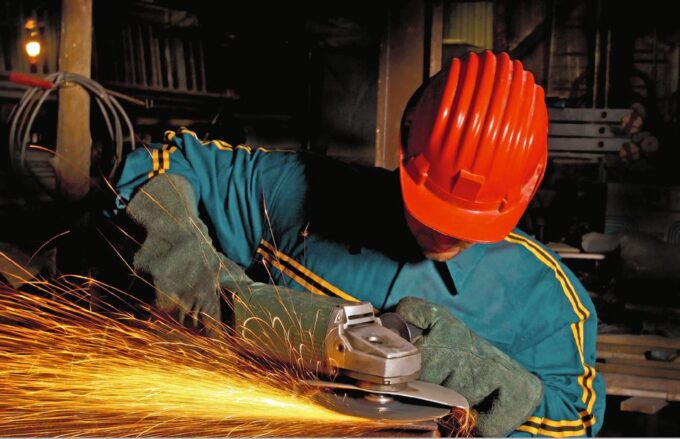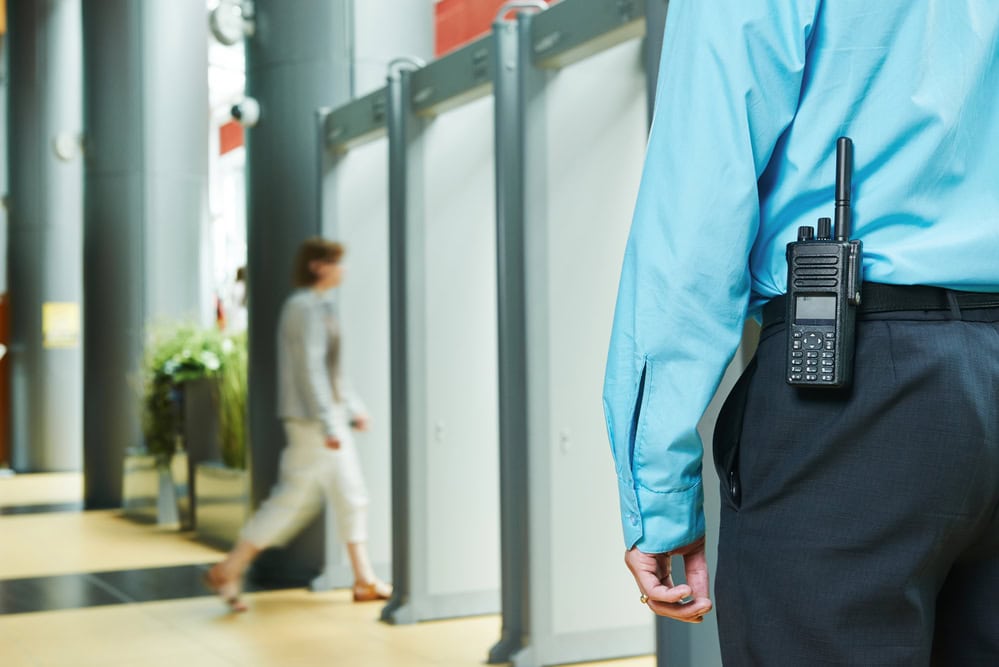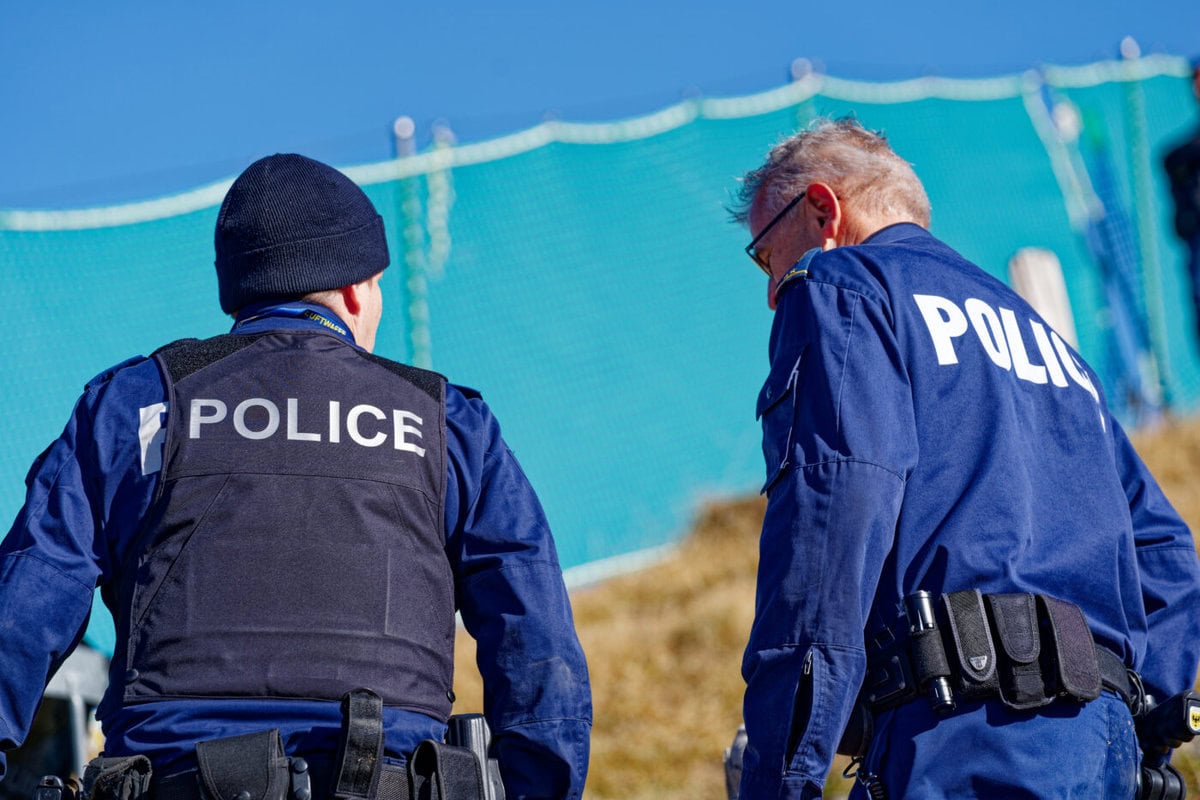Sensitivity and responsibility prevent accidents
Steel construction and safety go hand in hand. High-rise buildings in earthquake zones are usually realized as steel structures. However, the low margins in individual sectors pose additional challenges for plant safety officers. The question arises: Is there a need for more co-responsibility in companies?

The hazards in steel and metal construction can be manifold: Working with heavy materials and machinery and a high degree of industrialization pose risks just as much as working with the material in terms of flying sparks or dust. Most injuries happen to the hands or eyes. Accordingly, these hazards are carefully controlled in factories and minimized by the companies. The Suva regulations, which also apply to mechanical engineering, help to identify danger points and minimize them by means of suitable measures. These include safety devices on machines, specified routes, the right work clothing, and order in the workplace and on the shop floor.
"The regular inspection of safety equipment on machines as well as the correct storage of material are indispensable in steel construction companies," says Markus Hasler, safety officer at the Wetter Group. "Occupational health and safety are our daily companions. Ongoing awareness and training - whether for the workshop or assembly - is a very high priority for us." Third-party training, e.g. for the use of forklifts or lifting platforms, is also the order of the day.
For Andreas Steffes, Managing Director of Metal Suisse, the association of the metal and steel industry, one thing is certain: "For employees of classic steel, metal or facade builders, special dangers lurk especially on construction sites. Anyone working at dizzying heights must be secured against falling." Fall protection is therefore an obligation in every case: companies, associations and legislators agree on this. Many construction-specific hazards are addressed by the new Construction Work Ordinance, which has been in force since Jan. 1, 2022. In the steel frame construction of tall, multi-story buildings, good coordination and fall protection are of particular importance, he said. Handling of materials is also important because of the dimensions and weight, Steffes said. "These building components are equipped with anchor points and are only attached by trained professionals. Collective fall protection - for example, by means of safety nets - is planned into the system right from the start. "
Safety costs money and time
The most important partner for all safety-related issues is Suva. All large Swiss steel construction companies have an internal contact person for occupational safety. According to Metal Suisse, the Suva checklists, above all the "Nine vital rules for steel construction assembly", are well used in the industry and reflect the working reality excellently. Suva is currently revising the various leaflets and checklists and adapting them to the revised Construction Work Ordinance. However, there is also a development that is becoming more and more complex. The increasing guidelines do not simplify the situation.
Diana Gutjahr, member of the National Council and co-owner of the steel construction company Ernst Fischer AG, sees this as a hindrance: "We are subject to compulsory reporting to Suva. This inhibits safety awareness and forward-looking and sustainable risk assessment. I would like to see Suva take on more of a partnership role again and work together with the industries to increase safety," says Gutjahr.
"Rather, we are moving in the direction of the U.S., where countless notices are used to try to increase safety. Too much regulation leads to less thought about consequences."
"The exchange of ideas with the insured companies is very important to Suva," says Adrian Vonlanthen, media spokesman for Suva. After all, a consensus of all parties involved is needed for the rules to make sense. That is why the new Construction Work Ordinance was revised together with the social partners, representatives of the federal government and the cantons, and Suva. The social partners had already been able to contribute during the preparation of the draft revision. According to Suva, this was what made it possible in the first place to send a broad-based draft for consultation, in which the employee and employer associations once again had the chance to actively contribute.
More joint responsibility in companies or new concepts?
After all, large construction sites already have external safety offices that monitor all work processes. The individual companies then draw up their own safety concepts and submit them. No work can be started before that. According to Gutjahr, this immense amount of work additionally reduces the low margins in steel construction. The various trades are only coordinated to a limited extent. This is particularly difficult with the large shearing loads in steel construction, because the danger area has to be cordoned off when the material is unloaded. According to Gutjahr, the right course was not set in the construction work ordinance.
According to Gutjahr, it would make sense if the building owner had to assume joint responsibility for an overarching safety concept. Accordingly, the building owner should be jointly responsible for implementation, control and maintenance, for example also in the case of obvious misconduct on the construction sites.
"Gutjahr is convinced that "new concepts are urgently needed here that make employees jointly responsible. Direct communication must take place directly on the construction site, he says. "That would be much more sustainable," says Gutjahr.

"Involving builders or planners is not possible due to the legal provisions," Suva says. However, a holistic safety concept is already being drawn up on a voluntary basis at many larger construction sites, with the companies involved consulting and coordinating with each other, according to the Suva spokesperson. Various options are currently being examined to improve the support provided to builders and planners in developing a holistic safety concept.
In the view of Metal Suisse's industry representatives, it remains important for this holistic safety concept to distribute responsibility among those parties who are actually in a position to provide and monitor responsible action. As some of the representatives say when asked, representatives of both the client and the employees must be involved in this process in order to develop a solid concept, which should ultimately lead to a noticeable improvement in safety on construction sites.
This technical article originally appeared in the printed edition SAFETY-PLUS 4-2021.
You want to read the complete technical article in this issue? Then close right now here a subscription.









